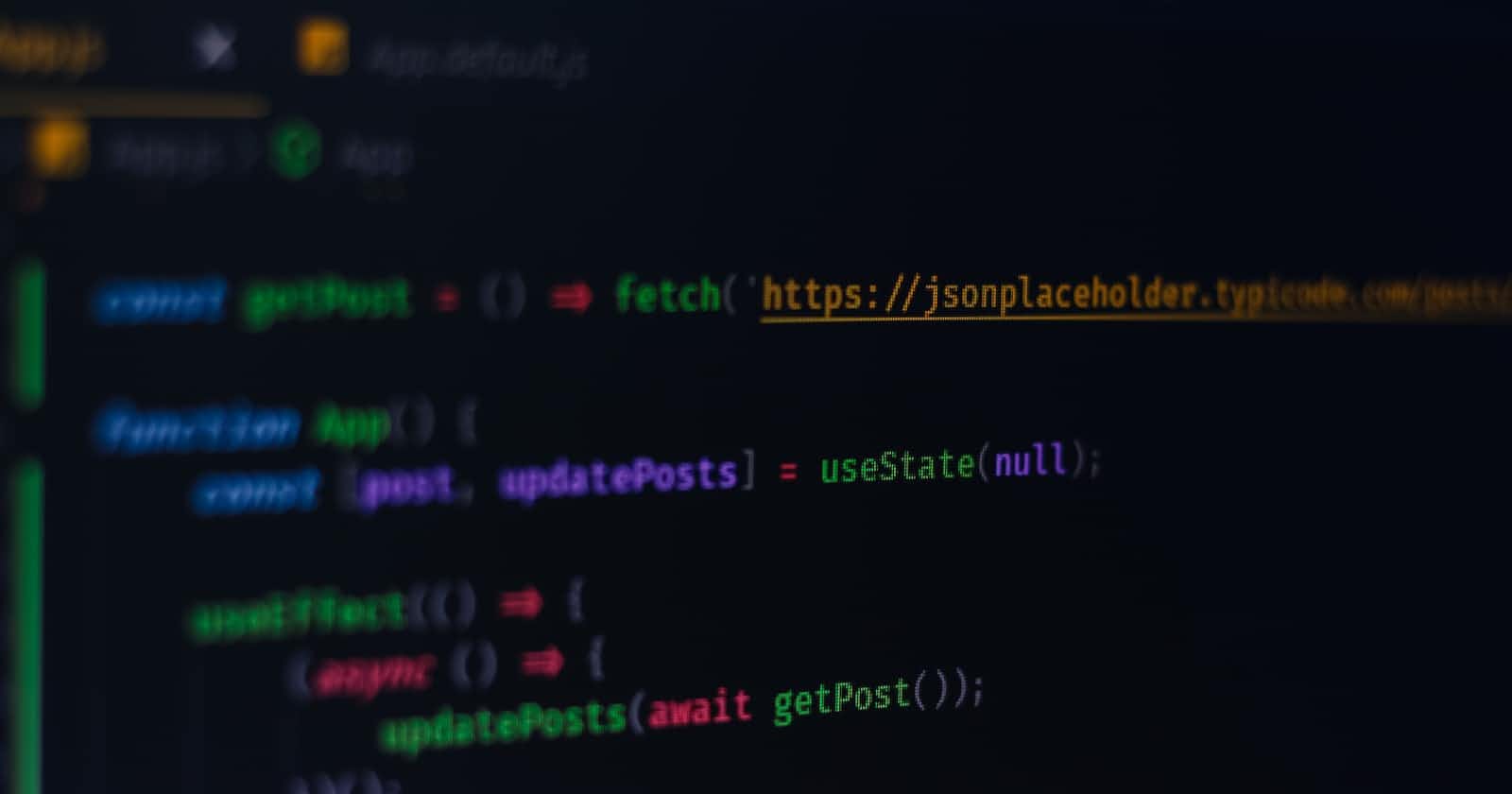Table of contents
When developing web applications using React, two essential concepts to understand are component state and event handlers. These concepts are fundamental to building interactive and dynamic user interfaces. In this article, we will explore what component state is, how to manage it, and how event handlers can be used to respond to user actions.
Component State
In React, state refers to the data that a component holds. It represents the current condition or values that determine how the component should render and behave. State is often used to store user input, API responses, or any other data that may change over time.
To work with state in a component, React provides a special function called useState. This function returns an array with two elements: the current state value and a function to update the state. Let's look at an example:
import React, { useState } from 'react';
function Counter() {
const [count, setCount] = useState(0);
const increment = () => {
setCount(count + 1);
};
return (
<div>
<p>Count: {count}</p>
<button onClick={increment}>Increment</button>
</div>
);
}
In the Counter component, we declare a state variable called count and initialize it to 0 using the useState hook. We also define an increment function that updates the count state by calling setCount with the new value. The onClick event handler on the button triggers the increment function when clicked.
Event Handlers
Event handlers are functions that respond to specific user interactions or events, such as clicks, input changes, or form submissions. React allows you to define event handlers directly in your components, making it easy to add interactivity to your application.
Let's take a look at an example of using event handlers in a form component:
import React, { useState } from 'react';
function Form() {
const [name, setName] = useState('');
const handleSubmit = (event) => {
event.preventDefault();
// Perform form submission logic
};
const handleChange = (event) => {
setName(event.target.value);
};
return (
<form onSubmit={handleSubmit}>
<label>
Name:
<input type="text" value={name} onChange={handleChange} />
</label>
<button type="submit">Submit</button>
</form>
);
}
In this example, we have a form with an input field for the user's name. The handleChange event handler updates the name state whenever the input value changes. The handleSubmit event handler is triggered when the form is submitted, allowing you to perform any necessary logic, such as sending the form data to a server.
By combining component state and event handlers, you can create dynamic and interactive user interfaces in React.
Conclusion
Understanding component state and event handlers is crucial for building powerful React applications. State allows you to store and manage data within your components, while event handlers enable you to respond to user interactions. By harnessing these concepts, you can create engaging and interactive web applications that provide a great user experience. Experiment with different scenarios and explore the various possibilities that React offers with state and event handling. Happy coding!


